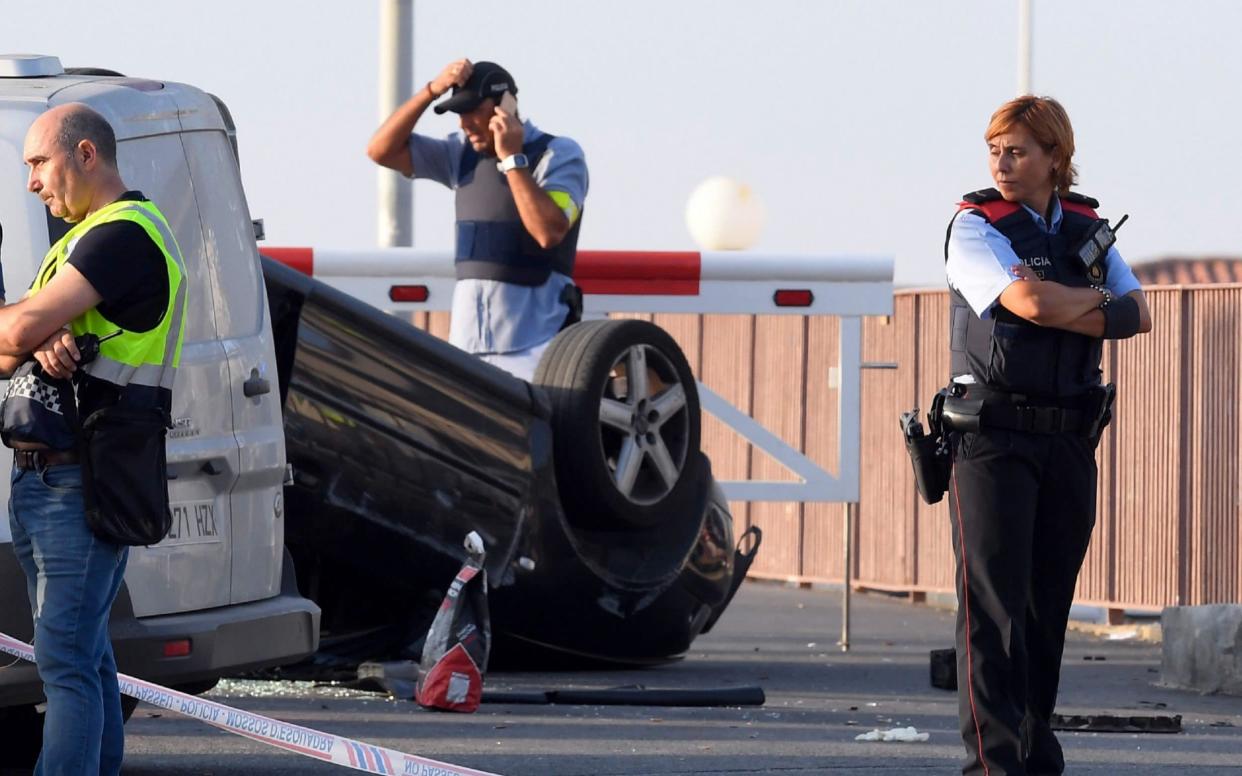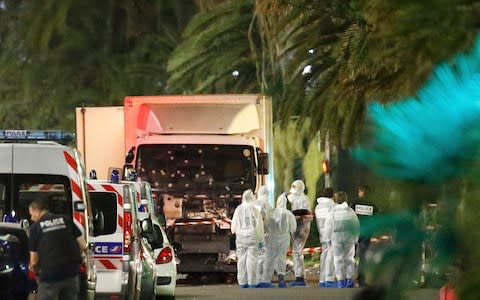How the Barcelona attack showed all the hallmarks of new terrorist tactics

The terror attack in Barcelona that left 14 dead bore an eerie similarity to other recent attacks, showing all the hallmarks of new jihadi methods.
The use of a van to run over crowds of tourists on Las Ramblas echoed recent attacks in Nice, Berlin and London. In each of those instances an attacker drove a vehicle into crowds at high profile locations in the city, with deadly effect.
Terror in Spain: Dozens killed and injured in Barcelona and Cambrils
In each case, Isil also claimed responsibility, saying that the attackers had answered their call to attack nations who are participating in the anti-Isil coalition.
The authorities have sometimes called into question the Isil claims of responsibility.
In Israel and the occupied Palestinian territories, where such attacks are common, authorities have responded by erecting barriers at locations where groups of Israelis gather. Bus stops are now protected by rows of thick metal poles, and soldiers stand behind blocks of concrete as they guard roads and roundabouts in the West Bank.

Even those precautions have not been entirely successful, however: a truck driven by a Palestinian rammed into a group of soldiers in East Jerusalem in January, killing 4.
Such attacks are hard for the authorities to prevent entirely as, unlike bombings, they require a lot less planning, which means there are fewer opportunities to uncover evidence a plot is in motion.
Mapped: Barcelona van attack
The Israeli authorities have said that they have developed a method of identifying would-be attackers based on their activity online. A report in the Israeli newspaper Haaretz from April said that 2,200 potential assailants were identified in less than a year through this method.
A June report by Spanish terrorism specialists, published by West Point’s Combating Terrorism Center, used three years of arrest records to argue that the Spanish authorities needed to focus their efforts on arresting those who were radicalising others in the country.
The question for the authorities will now be whether they missed signs in the lead up to the attack, and whether more can be done to physically protect busy public spaces in the country.

